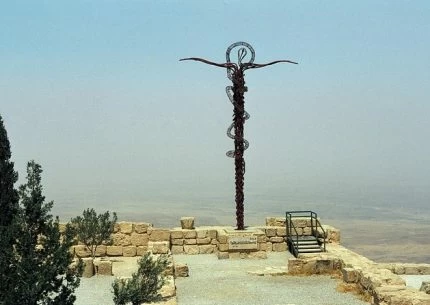The Jordan Tours & Tailor-Made Tours Experts Since 2000
Jordan Direct Tours designs and produces private, independent customised Jordan Tours which are tailor-made exactly to your specifications. Our guided tours of Jordan allow you to discover our country’s amazing natural and man-made sites, including Petra, Jerash, The Dead Sea and Wadi Rum, amongst others.
We stand for local knowledge, top of the line services throughout Jordan, offering tours of unbeatable value, that allow you to experience authentic insights into the genuine Jordan, and to discover off the beaten track gems, thanks to our informed tour consultants and enthusiastic, local accompanying drivers and guides.
WHY CHOOSE JORDAN DIRECT TOURS?
We offer a high quality service, whereby we remove any worries by organising everything according to your wishes ahead of time, sending you a detailed travel itinerary and comprehensive information on your tour arrangements.
![]()
Book your tour direct with the Jordan private tours professionals
100% tailor made holidays – direct from source – knowledgeable local consultants – on the ground support
our trip ideas
Get inspiration from our trip ideas, then tailor them to your liking!
follow us on social media
how it works

Guaranteed Departures
We also offer guaranteed departure, small group tours that run on specific days of the week.


























